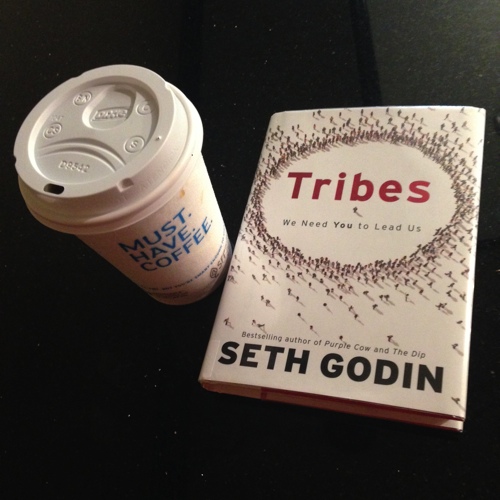Last year, my father-in-law gave me The Presentation Secrets of Steve Jobs as a great Christmas gift (see my book review). This year, he put a copy of The Innovation Secrets of Steve Jobs (McGraw-Hill, 2010, ISBN 978-0071748759) under the tree (My father-in-law and I share a love for business books). Although author Carmine Gallo focuses on Steve Jobs and Apple, he rounds out his analysis using leaders from other industries using similar innovation secrets. The book is organized into seven “secrets”:
- Do what you love
- Put a dent in the universe
- Kick-start your brain
- Sell dreams, not product
- Say no to 1,000 things
- Create insanely great experiences
- Master the message
People who create business intelligence solutions, whether data models, semantic layers, reports, or dashboards, will find a lot of thought-provoking material. The “secret” that resonated with me most was “say no to 1,000 things”. Steve Jobs has said “I’m actually as proud of many of the things we haven’t done as the things we have done.” From non-existent products like an Apple PDA to non-existent physical keyboards on an iPhone, Apple’s fresh approaches to product design are frequently criticized for not having enough options. But clearly, Apple has created devices that change the way we live. Model T automobiles instead of faster horses.
Imagine for a moment that you designed a performance dashboard for Apple and had the final review with Steve Jobs (Personally, I find this thought terrifying). Would he say something like “[Your business intelligence team] makes some of the best [dashboards] in the world. [Dashboards] that you lust after. Absolutely beautiful, stunning [dashboards]. But you also make a lot of crap. Just get rid of the crappy stuff and focus on the good stuff”?
My frustration about this book isn’t about the book at all. It’s about me. I can read a book like Presentation Secrets and measure over time if I’m becoming a better communicator. But “Innovation Secrets”? How does one measure and improve their own personal KPI for innovation? How do I get rid of the “crappy stuff”? It’s tremendously difficult, even though Mr. Gallo provides action items at the end of each chapter.
This week is certainly an interesting one to write a book review about Steve Jobs. With financial markets closed for Martin Luther King Day, we learned on Monday that 55-year-old Mr. Jobs will go on medical leave for a second time. Then on Tuesday we hear about record quarterly earnings for Apple, surpassing analysts’ estimates by $2 billion dollars. All of this is followed by the deluge of rhetorical articles about “whether Apple can survive without Steve Jobs.” Although Steve Jobs has many gifts, he- like us- does not possess the gift of immortality (check out his 2005 Stanford University commencement address on YouTube). The universe has a way of moving ahead without us. But like Steve Jobs, we can all make a best effort at “putting a dent in the universe”.
Or at least a dent in the common semantic layer.
- Purchase The Innovation Secrets of Steve Jobs (hardcover edition) on Amazon.com
- Purchase The Innovation Secrets of Steve Jobs (Kindle edition) on Amazon.com
- Purchase The Innovation Secrets of Steve Jobs (Audible edition) on Amazon.com
- Follow Carmine Gallo on Twitter
Have you read The Innovation Secrets of Steve Jobs? Share your thoughts below.
Disclosure of Material Connection: I purchased this book and did not receive it free from its publisher. Some of the links in the post above are “affiliate links.” This means if you click on the link and purchase the item, I will receive an affiliate commission. Regardless, I only recommend products or services I use personally and believe will add value to my readers.I am disclosing this in accordance with the Federal Trade Commission’s 16 CFR, Part 255: “Guides Concerning the Use of Endorsements and Testimonials in Advertising.”



One thought on “The Innovation Secrets of Steve Jobs”
Comments are closed.